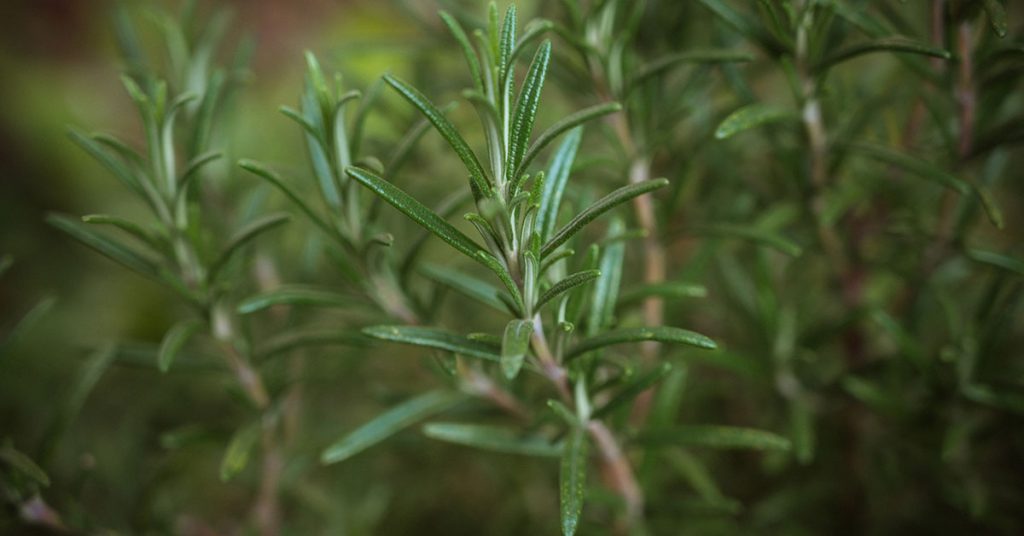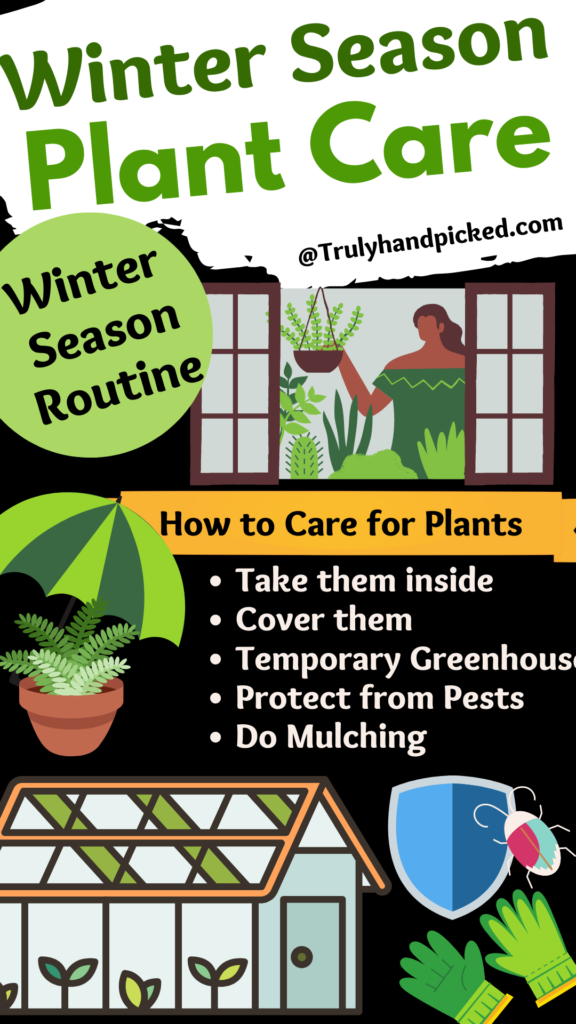Master Winter Gardening in Harsh Climates

Are you a gardener who dreads the arrival of winter? Do you see the first frost as the death knell for your beloved plants? It doesn't have to be that way. Winter gardening in harsh climates can be as rewarding as any other season, with the right techniques and a bit of planning. Imagine transforming your garden into a winter wonderland that thrives despite the cold. Let's dive into the world of winter gardening and discover how to protect and nurture your plants even in the harshest conditions.
Understanding Winter Gardening in Harsh Climates
Winter gardening in harsh climates is about more than just survival; it's about creating a resilient and beautiful landscape that can withstand the coldest temperatures. The key to successful winter gardening lies in understanding your climate and choosing the right plants and techniques to combat the challenges of cold weather gardening.
The Importance of Knowing Your Climate
Before you start, it's crucial to understand your local climate. The USDA Plant Hardiness Zone Map is an excellent resource for determining which plants are likely to thrive in your area. Knowing your zone will help you select plants that are naturally adapted to your climate, making your winter gardening efforts much more successful.
Essential Winter Gardening Techniques for Harsh Climates
Plant Care in Winter: Choosing the Right Plants
The first step in mastering winter gardening is selecting the right plants. Look for cold-hardy varieties that are native to your region or have been bred to withstand harsh winters. Evergreens, for example, are excellent choices because they retain their foliage year-round and provide a splash of color in an otherwise barren landscape.
Frost Protection: Shielding Your Plants
Frost can be a gardener's worst enemy, but there are several ways to protect your plants from its damaging effects. One effective method is to use frost cloths or row covers. These lightweight fabrics can be draped over plants to provide insulation and protect them from frost. Another technique is to create a windbreak using fences, hedges, or even burlap screens to shield your plants from cold winds.
Winterize Your Garden: Preparing for the Cold
Winterizing your garden is essential for ensuring your plants survive the cold months. Start by mulching around the base of your plants to insulate the roots and retain moisture. A layer of organic mulch, such as straw or wood chips, can make a significant difference in protecting your plants from the cold.
Additionally, ensure your plants are well-watered before the first frost. Moist soil retains heat better than dry soil, providing an extra layer of protection for your plants' roots.
Snow Damage Prevention: Protecting Your Plants from Heavy Snowfall
Heavy snowfall can cause significant damage to your plants, especially if they are not properly supported. To prevent snow damage, consider using plant supports or stakes to keep your plants upright. For larger plants and trees, you can wrap the trunks with burlap or tree wrap to protect them from the weight of the snow.
Advanced Winter Gardening Tips
Utilizing Cold Frames and Greenhouses
Cold frames and greenhouses are excellent tools for extending your growing season and protecting your plants from harsh winter conditions. Cold frames are simple structures that can be placed over your garden beds to create a mini greenhouse effect. Greenhouses, on the other hand, provide a more controlled environment where you can grow a wider variety of plants year-round.
Winter Pruning: Timing is Everything
Pruning in the winter can be beneficial for many plants, as it encourages new growth in the spring. However, it's essential to know the right time to prune each type of plant. For example, deciduous trees and shrubs should be pruned in late winter or early spring, while evergreens are best pruned in late winter.
Creating a Winter Garden Design
A well-designed winter garden can be just as beautiful as a summer garden. Incorporate elements like evergreens, berry-producing shrubs, and ornamental grasses to add color and texture to your landscape. Consider the placement of your plants to create visual interest and ensure that your garden remains appealing even in the coldest months.
Conclusion
Mastering winter gardening in harsh climates is a rewarding challenge that can transform your garden into a year-round oasis. By understanding your climate, choosing the right plants, and employing effective techniques for frost protection, winterizing, and snow damage prevention, you can create a resilient and beautiful landscape that thrives despite the cold.
So, are you ready to embrace the winter and turn your garden into a winter wonderland? The journey may be challenging, but the rewards are well worth the effort. Happy gardening!
FAQs
What are some cold-hardy plants suitable for harsh climates?
- Some excellent cold-hardy plants include evergreens like spruce and pine, deciduous trees like maple and oak, and perennials like sedum and heuchera.
How do I protect my plants from heavy snowfall?
- Use plant supports or stakes to keep your plants upright, and wrap the trunks of larger plants and trees with burlap or tree wrap to protect them from the weight of the snow.
When is the best time to prune my plants in the winter?
- The best time to prune depends on the type of plant. Deciduous trees and shrubs should be pruned in late winter or early spring, while evergreens are best pruned in late winter.
What is the purpose of mulching in the winter?
- Mulching in the winter helps insulate the roots of your plants and retain moisture, providing an extra layer of protection from the cold.
How can I extend my growing season in harsh climates?
- Using cold frames and greenhouses can help extend your growing season by creating a controlled environment where you can grow a wider variety of plants year-round.


0 Response to "Master Winter Gardening in Harsh Climates"
Post a Comment